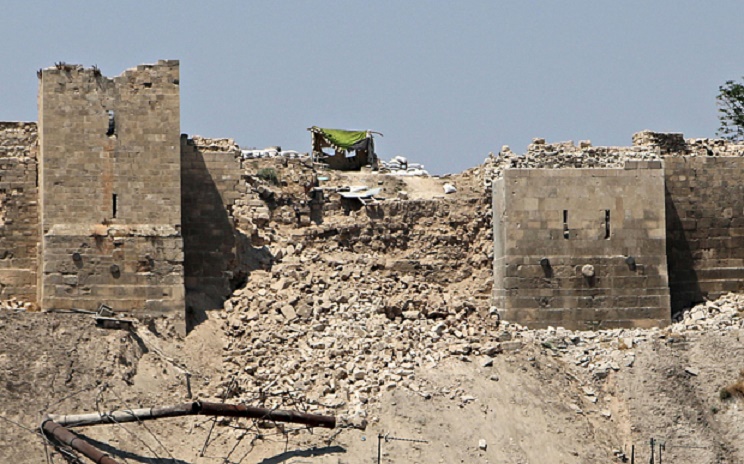Sew La Ti Embroidery:
Cultural Legacy
Italy: Basilica at Pompeii to reopen for tourists

Near East: Restoration work to begin at historic Genoese castle

Italy: Pompeii's 'Cave Canem' mosaic restored

France: France returns looted gold antiquities to China

India: Buddhist sites in Thotlakonda and Bavikonda cry out for attention

Heritage: Taxila, the lost civilisation

Heritage: Valley of Thracian Kings keeps its secrets

Iraq: US returns Iraqi artefacts recovered in Syria raid

Near East: Blast in Aleppo does major damage to citadel wall

Italy: Satanic symbols carved into ruins at Ostia Antica

Near East: UNESCO slams Israeli digs in East Jerusalem
